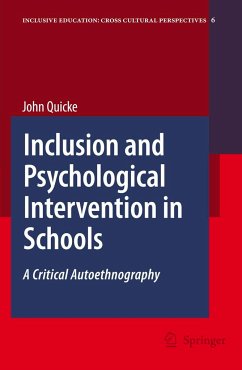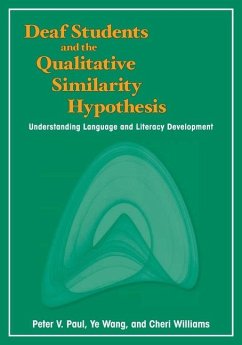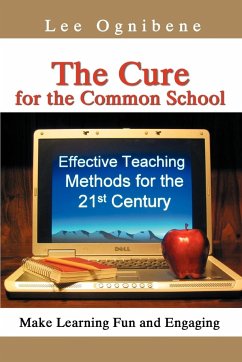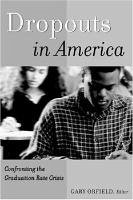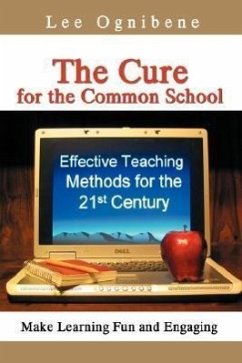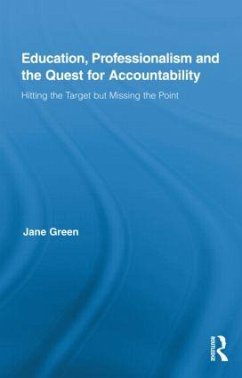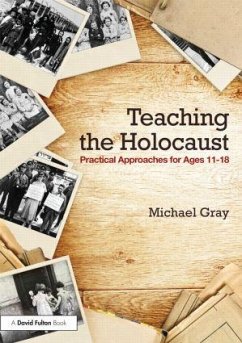Nicht lieferbar
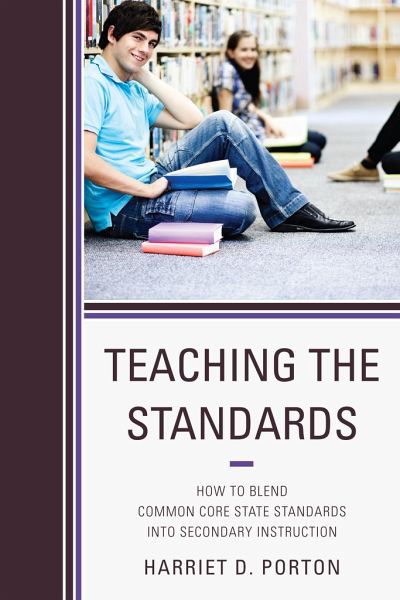
Teaching the Standards
How to Blend Common Core State Standards Into Secondary Instruction
This text provides specific, successful strategies that are targeted for each of the secondary content areas. This text is designed to help all educators translate the CCSS so that it can become a guiding force, not a stumbling block.





